Soot on top exteripr of chimney.
three3apples
9 years ago
Related Stories
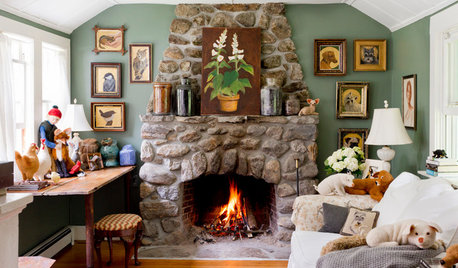
HOUSEKEEPINGBefore You Roast Those Chestnuts, Make Sure You've Got a Clean Chimney
Here's how to ensure your chimney is safe for holiday gatherings by the fire
Full Story
KITCHEN DESIGNWhat to Know When Choosing a Range Hood
Find out the types of kitchen range hoods available and the options for customized units
Full Story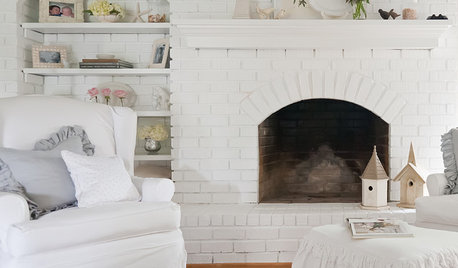
GREAT HOME PROJECTSHow to Remodel Your Fireplace
Bring your fireplace design up to snuff with this makeover lowdown
Full Story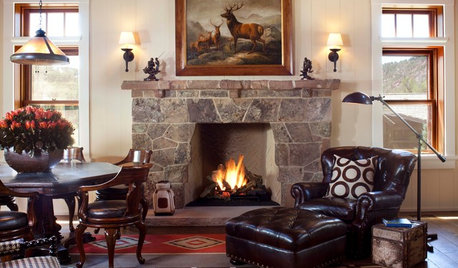
HOUZZ TV FAVORITESHouzz TV: Flickering Virtual Fireplaces to Warm Your Heart
Sit back and enjoy a crackling fire set to seasonal music and surrounded by ideas for your own dream living room
Full Story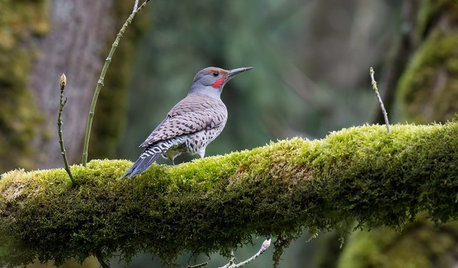
GARDENING GUIDESBackyard Birds: Healthy Home Habitats for Northern Flickers
These colorful woodpeckers found across the U.S. and Canada love berries, seeds and ants and often nest in deep burrows in trees
Full Story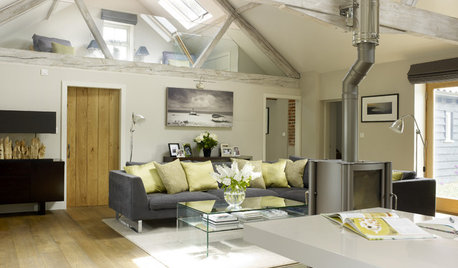
BARN HOMESHouzz Tour: An Old Dairy Gets a Contemporary Twist
Soothing neutrals and a mix of old and new transform a dilapidated Suffolk dairy into an elegant home
Full Story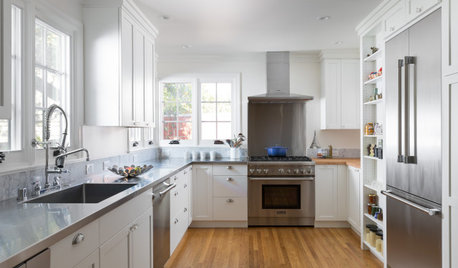
HOUSEKEEPINGHow to Clean Stainless Steel
Protect this popular kitchen material with a consistent but gentle cleaning routine
Full Story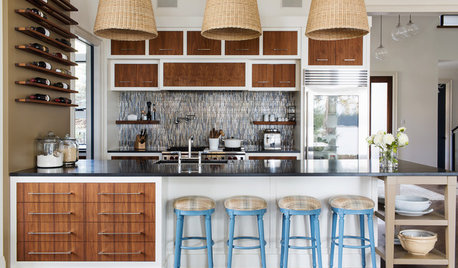
CONTEMPORARY HOMESHouzz Tour: Contemporary Canadian Lake House Warms and Welcomes
A northern Ontario home accommodates parties of 100 but is cozy enough for two
Full Story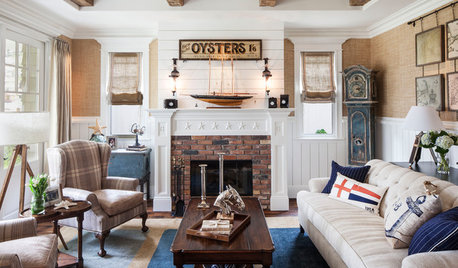
FIREPLACESWhat Goes With a Redbrick Fireplace?
Play up or tone down your redbrick fireplace by pairing it strategically with other colors and materials
Full Story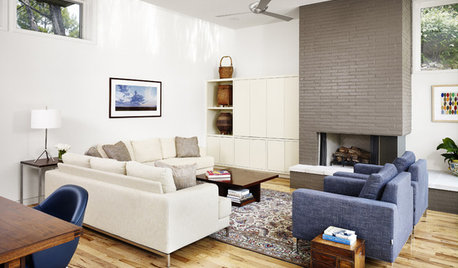
DECORATING GUIDESWhat You Need to Know Before Painting Brick
Sure, painted brick can be a great look. But you need to take some risks into account. Here's how to paint brick like a pro
Full StoryMore Discussions






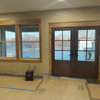

renovator8
three3applesOriginal Author
Related Professionals
Royal Palm Beach Architects & Building Designers · Lake Butler Design-Build Firms · Palos Verdes Estates Design-Build Firms · Ives Estates Home Builders · New River Home Builders · Superior Home Builders · Aurora General Contractors · Bon Air General Contractors · Country Club Hills General Contractors · Enumclaw General Contractors · Jericho General Contractors · Longview General Contractors · Rolling Hills Estates General Contractors · Saginaw General Contractors · Tamarac General ContractorsLogBuildDreams
bus_driver
three3applesOriginal Author
western_pa_luann
cearbhaill (zone 6b Eastern Kentucky)